|
Drawknives By Donald Albury Drawknives, also known as drawing knives, draw shaves, or shaving knives, are tools used to shape wood. As the first three names suggest, drawknives are drawn, or pulled, towards the worker. As the last two names suggest, drawknives remove shavings from wood. A drawknife consists of a long narrow blade with projections at each end fitted with handles. One long edge of the blade is sharpened. In many woodworking traditions, including English and American, the wooden handles usually are on tangs set at a more or less right angle to the axis of the blade and extend more or less parallel with blade toward the side of the blade that is sharpened. French drawknive handles often also are at a right angle to the blade, but have very short handles, while Swedish, Japanese and some German, Austrian and Swiss drawknives have handles that extend straight out from the ends of the blade. The length of the blade, the curvature of the edge, and the curvature of the flat of the blade may all vary. The drawknife has had many uses, including removing bark from logs, rough shaping of boards, rounding pieces of wood for later finishing on a lathe, making tool handles and fence posts, preparing horse's' hooves for shoeing, and carving compound curved surfaces such as chair seats and the interior of bowls. There is little evidence on the early history of drawknives. Ancient drawknives are very rare. A remarkable find was the Viking-age Mästermyr chest, which contained many tools and other items, including an inshave or two-handled scorp (a specialized type of drawknife). References to drawknives in art or writing before the 18th century are also rare. The first use of the term "draweing-knife" recorded in the Oxford English Dictionary was in 1645. The OED also has a quote from 1679 describing the use of the tool: "With the Handles of the Draw-knife in both their hands, enter the edge of the Draw-knife into the Work, and draw Chips almost the length of their work." With the development of mass production of tools in the 19th century, many drawknives were acquired by people who made only occasional use of them. As more household and farm items, such as tool handles, chairs, and such were store-bought instead of home-made, tools like drawknives were used less often, and many from the 19th and 20th centuries have survived. The Tison Tool Barn has several of these drawknives. First I will list the standard drawknives in the collection. The drawknife below is marked "D. R. BARTON ROCHESTER". The cutting edge is 7 5/8 inches long. D. R. Barton began manufacturing edged tools in 1832. The name remained in use until 1939. D. R. Barton tools had a reputation for high quality. The next drawknife has no discernible markings on it. The blade edge is 8 1/8 inches long. The light colored areas on the blade are pieces of old masking tape, which are difficult to remove without scratching the metal. This drawknife is marked "STEPHENSON". Unfortunately, I have not been able to identify what this name signifies. The blade edge is 7 3/4 inches long. The next drawknife is marked "~~ CROSSMAN 9" (the first part is unreadable) and "CAST STEEL". A. W. Crossman & Co. of Warren, Massachusetts manufactured cast steel tools from about 1850 until sometime after 1870. The company seems to have been known mainly for making chisels and slicks. The edge of the blade is 9 inches long. The next drawknife is marked "T. ~ WITHERBY 7" (the second letter is unreadable). T. H. Witherby of Millbury, Massachusetts began making chisels in 1827. Witherby's company was later acquired by the Winsted Edge Tool Works, which continued use of the Witherby brand until 1955. Witherby brand tools had a high reputation for quality. The form of the name stamped on this drawknife appears to have been in use from 1882 to 1919. Although the tool has a '7' stamped on it, the blade edge is just 6 1/2 inches long. The next drawknife has only "9 IN" stamped on it. The edge of the blade is 9 inches long. The drawknife below has a logo stamped on it, "PEXTO" inside an oval, followed by "10". The logo was for the Peck, Stow & Wilcox Co., and was first used in 1914. The PEXTO name is still used by Roper Whitney for metal fabrication equipment. The blade edge is 10 inches long. I initially read the final letter in the logo as "D". This seems to be an easy mistake to make, as I have found a number of tools on auction sites on the Internet listing them as made by the "PEXTD" company. The next drawknife has no markings. The blade has been bent in two places, seriously cracking the metal. Someone tried to repair the blade by filling in the cracks with a bronze-colored metal, but voids remain along the cracks. I suspect someone tried to convert this drawknife to an inshave. The blade edge is 8 3/8 inches long. The drawknife below has folding handles, secured in the desired position by wingnuts. When folded, the handles protect the edge of the blade, and make the tool more compact for storage. The drawknive is marked "JENNINGS" and "PAT PEND", and with a "J" inside an upward pointing arrowhead with the base open. The "J" in an arrowhead was trademarked by Charles. E. Jennings & Co. The company was in business from 1873 until 1923. A patent on this tool was issued to Jennings in 1906. This indicates that the tool was made no later than 1906. As I don't know what the backlog for issuing patents was at the time, I can't say how much earlier than 1906 it may have been made. The edge of the blade is 8 1/8 inches long. The drawknife below also has folding handles secured by wingnuts. The wooden handles have notches, allowing the handles to enclose the blade when folded. The drawknife is marked "A. J. WILKINSON & CO.", "MAKERS BOSTON, MASS" and "PATENTED JULY 16, 1895". A. J. Wilkinson & Co. manufactured tools from 1842 to 1993. They were noted for their folding drawknives. The edge of the blade is 8 inches long. The next drawknife has adjustable handles. The handles originally could pivot around the long axis of the blade, and be locked into position. The mechanisms are rusted in place. There are no markings on the tool. The blade edge is 11 3/4 inches long. Shown below is the cooper's hollowing drawknife I wrote about two weeks ago. The tools has no markings. The blade edge is 6 3/16 inches long. We now come to some specialized variants of drawknives. The next drawknife is the cooper's champer knife that I wrote about last week. Note the asymmetrical handles that distinguish this tool. The final tool in this week's post is an inshave or two-handled scorp. This tool has a moderate curve in the blade, but the handles are set close to each other, at a distance shorter than the length of the blade. (A one-handled scorp has a much more sharply curved blade, with the tangs at the ends of the blade meeting at a single handle.) This design allows an inshave to be used in an enclosed space, such as inside a bowl. Drawknives continue to be manufactured and even crafted by hand, but their use is confined to hobbyists and a very limited number of craftsmen. All photographs by Donald Albury in this blog are licensed under a Creative Commons Attribution-ShareAlike 4.0 International License.
0 Comments
|
AuthorI have been a volunteer at the Matheson History Museum. Feeling an affinity with old hand tools (some of which I remember from my youth), I have tried to learn more about the history of the tools in the Tison Tool Barn, and how they were used. All text and photographs by Donald Albury in this blog are licensed under a Creative Commons Attribution-ShareAlike 4.0 International License. All illustrations taken from Wikimedia Commons are either in the public domain, or have been released under a Creative Commons license.
Archives
December 2015
Categories
All
Interesting Sites about Old Tools |
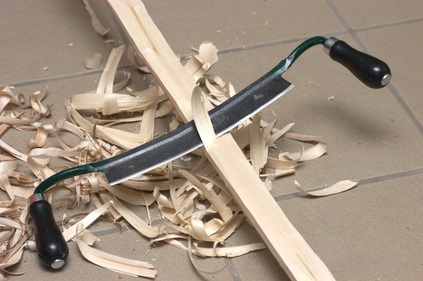
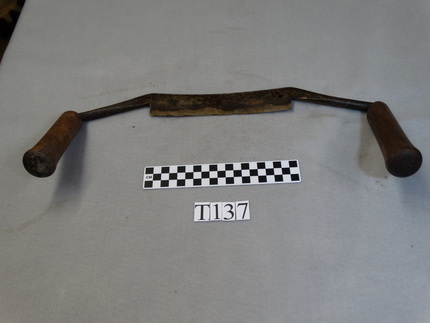
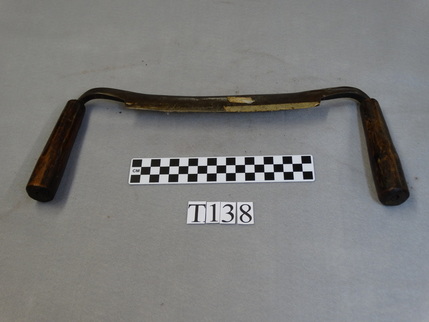
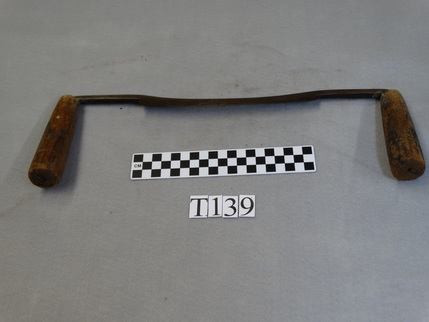
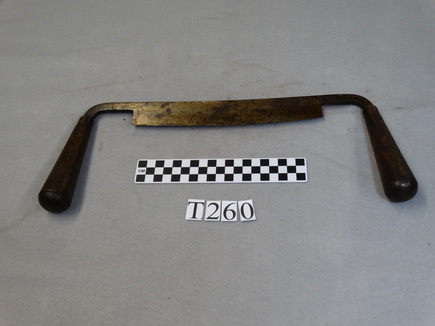
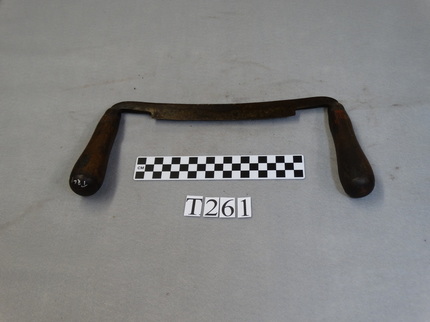
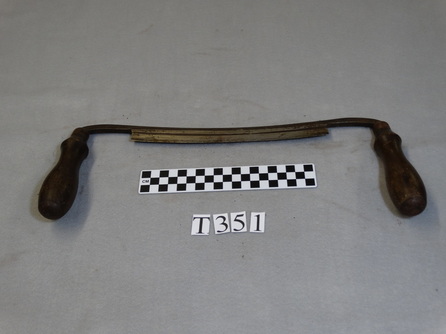
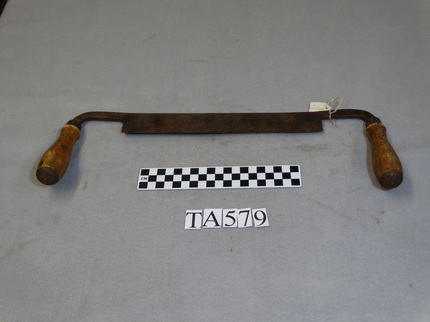
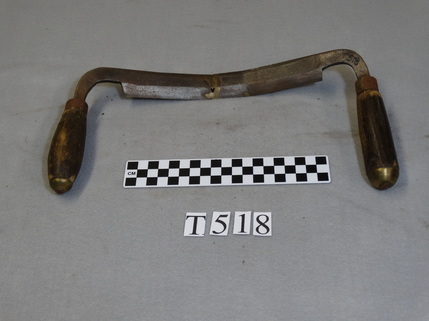
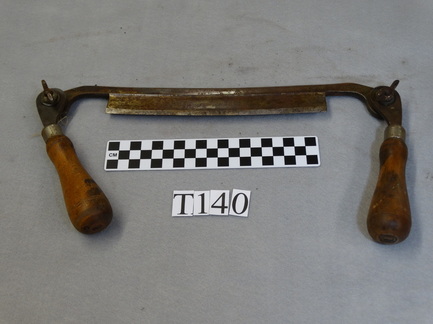
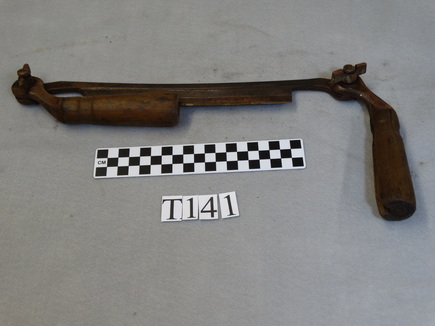
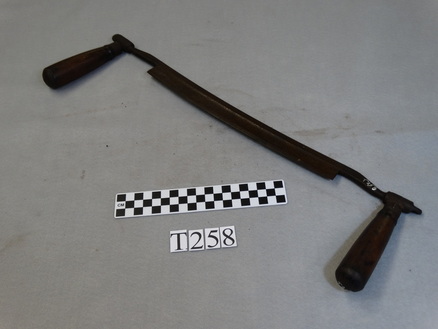
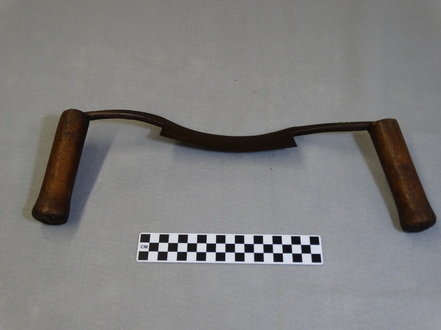
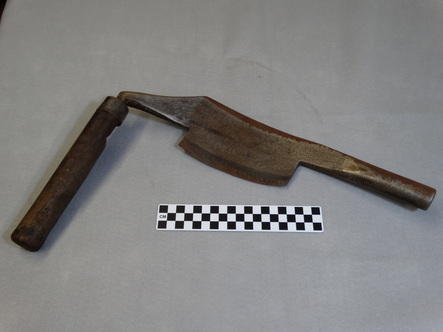
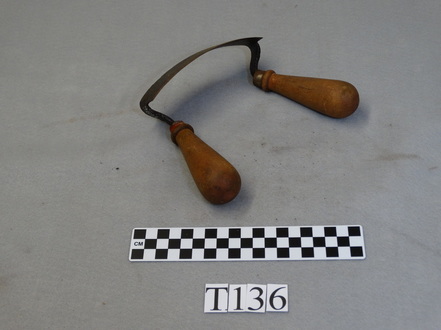
 RSS Feed
RSS Feed
